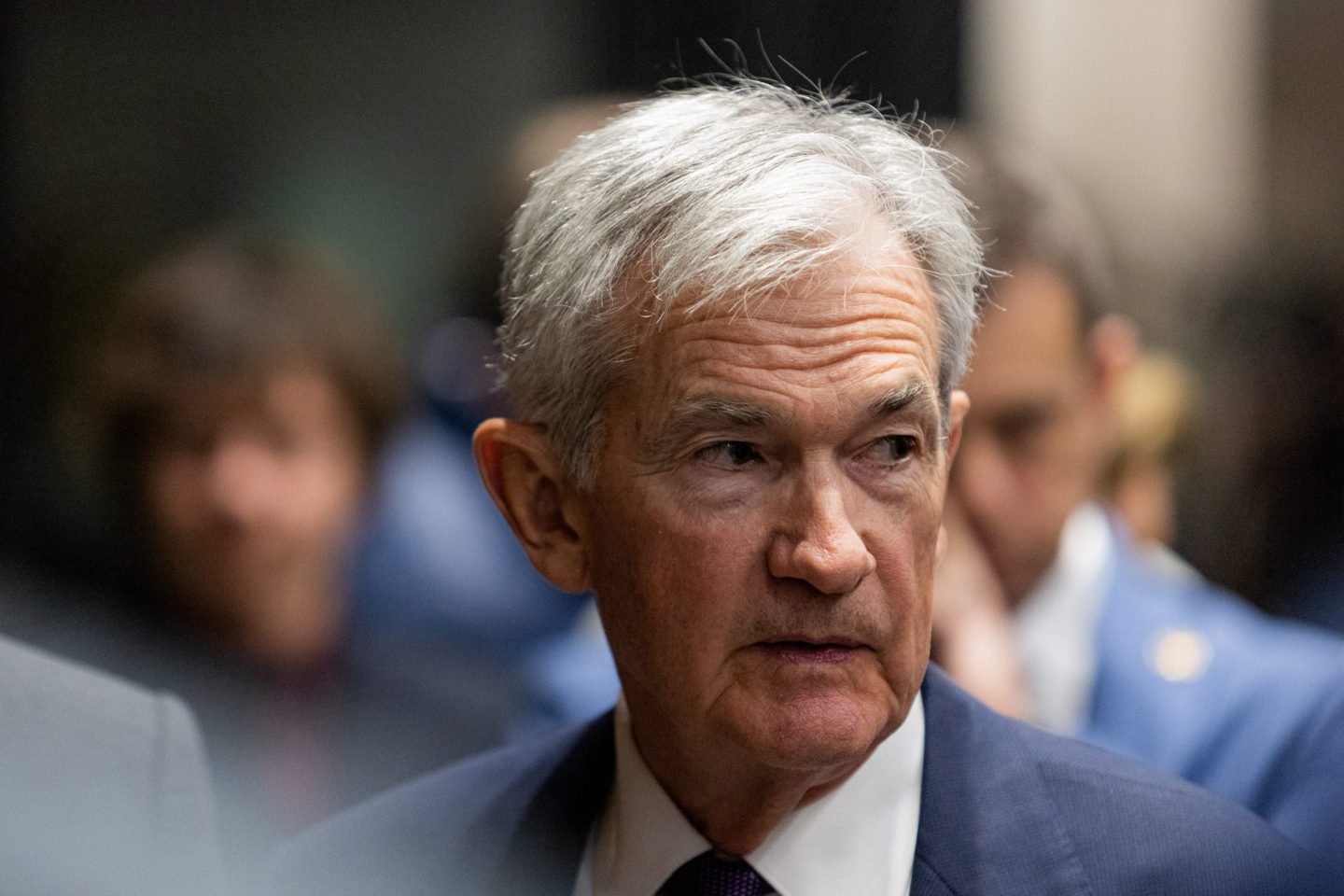By the end of 2017, almost every vehicle for sale from Toyota and Lexus will be equipped with automatic emergency braking.
The Japanese auto manufacturer said that 25 out of 30 Lexus and Toyota models will come with its proprietary safety systems as a standard feature, both using radars, laser beams, and cameras to prevent collisions at different vehicle speeds.
“High-level driver assist technologies can do more than help protect people in the event of a crash; they can help prevent some crashes from ever happening in the first place,” Jim Lentz, CEO of Toyota Motor North America, said in a press statement released on Monday.
Toyota’s (TM) timeline would be five years ahead of the agreed industry-wide deadline of 2022, when 20 automakers will make automatic braking a standard feature on all new cars. The 2022 benchmark was announced last week by the National Highway Traffic Safety Administration and the Insurance Institute for Highway Safety.
In recent years, studies have shown that automatic braking significantly reduces road accidents. In one study released in January, it was estimated that automatic braking could cut rear-end crashes by 40%. Another study said that the technology could reduce insurance injury claims by as much as 35%.
In 2009, Toyota said it would roll out a “brake override system” after the company had to recall four million vehicles over issues with unintended acceleration in its cars. In a subsequent court case, it was found that Toyota didn’t want to call the system a “safe stop” to avoid promising more than the software could deliver in the area of driver safety.











